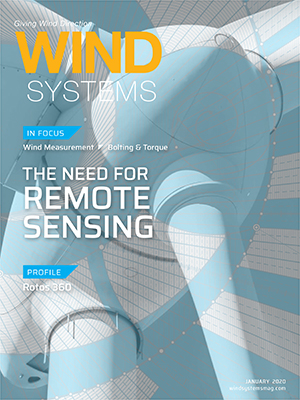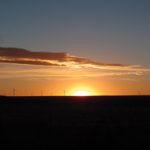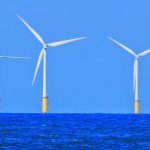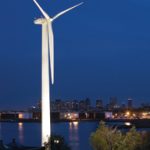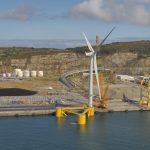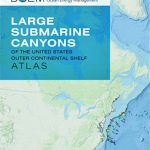Equinor will use new installation techniques, concrete substructures and a shared mooring design to slice costs at its ground-breaking Hywind Tampen floating wind project in Norway, Halvor Hoen Hersleth, Operations Manager at Hywind Tampen, told the Offshore and Floating Wind Europe 2019 conference.
Developed by Equinor, Norway’s state-owned oil and gas group, the 88-MW Hywind Tampen facility will be 140 kilometers from shore in water depths of 260 to 300 meters. Due online in 2022, the facility will supply 35 percent of the power needs of five platforms on the Snorre A and B and Gullfaks A, B, and C licenses.
In October, Equinor and oil field partners agreed to build the project at a total cost of NOK5 billion ($545 million). Norwegian state fund Enova has agreed to fund NOK 2.3 billion and Norway’s NOX fund will provide NOK 566 million.Norway is increasing its support for floating wind, aiming to turn oil and gas expertise into renewable trade exports.
Hywind Tampen follows Equinor’s 30-MW Hywind Scotland floating wind project in the U.K., the world’s first commercial-scale floating wind farm. Operational since October 2017, Hywind Scotland has collected over two years of operational data on five 6-MW Siemens direct drive turbines in water depths of 95 to 120 meters.
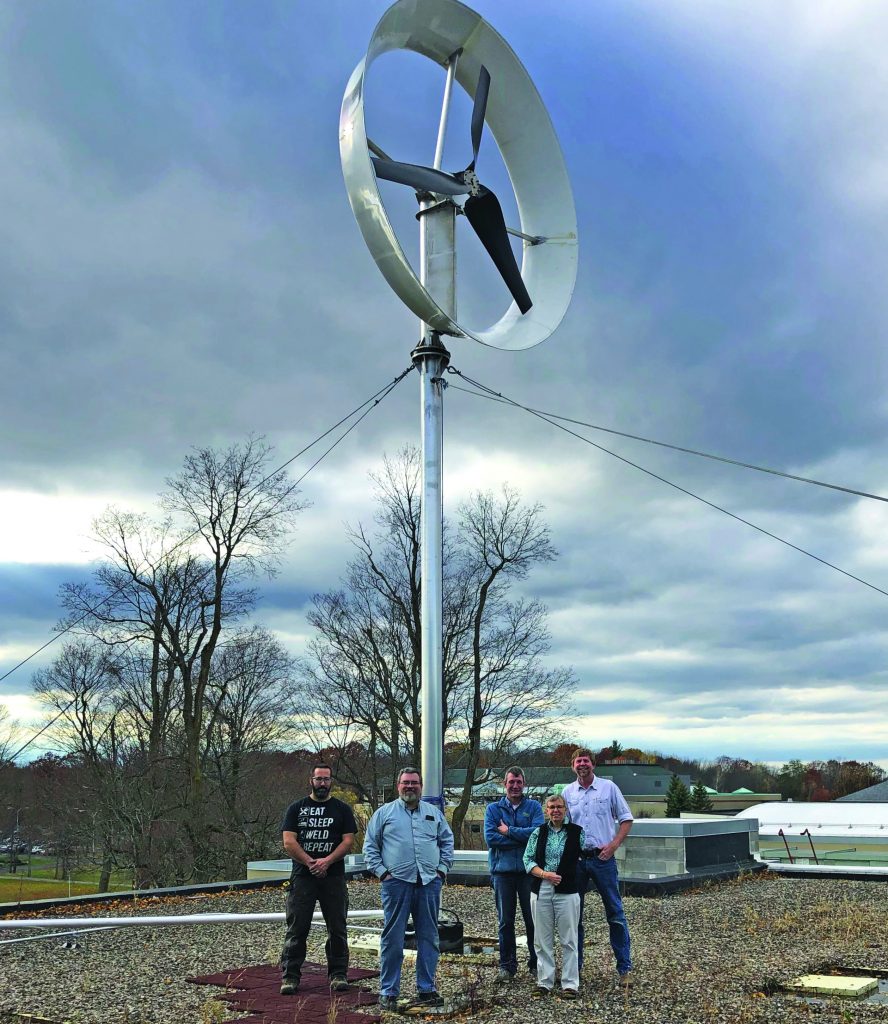
Floating wind developers must reduce costs to become competitive and secure larger commercial projects. The cost of bottom-fixed offshore wind farms has plummeted, and floating wind developers must demonstrate cost reductions and stable operations to lure investors.
Equinor will implement new installation methods and substructure designs to lower the cost of the Hywind Tampen project, Hersleth said. Equinor aims to reduce the cost of Hywind Tampen by 40 percent compared with Hywind Scotland.
“We are now moving onto the cost reduction phase … Hywind Tampen is the next step in that journey,” he said.
Floating wind developers are targeting deeper water sites, typically at depths of more than 60 meters, where bottom-fixed designs are unsuitable. These deepwater sites could host some 4 TW of global offshore wind capacity, according to industry association WindEurope.
Developers are continuing to refine their designs and installation processes to reduce costs. For the early projects, developers are focusing on leaner designs that can be rapidly assembled and installed and towed to site for connection.
More info analysis.newenergyupdate.com
















